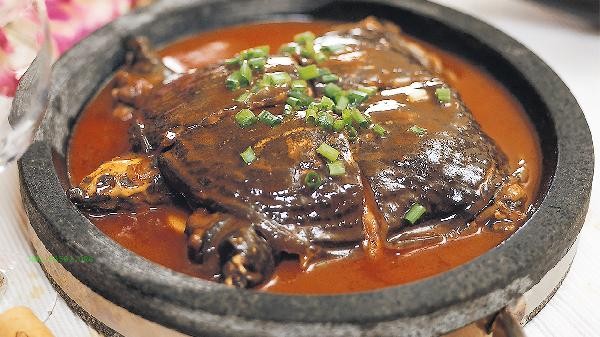Reducing buttock fat requires a combination of dietary control and targeted exercise. The fastest and most effective methods include adjusting dietary structure, strengthening buttock and leg training, and improving lifestyle habits. The accumulation of fat in the buttocks is usually related to prolonged sitting, hormone levels, and genetic factors, and requires simultaneous whole-body weight loss and local shaping.

1. Dietary structure adjustment
Reduce refined carbohydrates intake and replace white rice noodles with coarse grains such as brown rice and oats. Increase the proportion of high-quality protein and daily intake of eggs, chicken breast, fish, etc. to help maintain muscle mass. Strictly control the addition of sugar and trans fats, and avoid high calorie foods such as milk tea and pastries. Drinking more than 2000 milliliters of water daily promotes metabolism, and drinking 300 milliliters of warm water before meals reduces food intake.
2. High intensity interval training
Performing HIIT training 3-4 times a week, such as opening and closing jumps, high leg lifts, and other combinations of movements, for 20 minutes each time, can significantly improve fat burning efficiency. The sustained energy consumption effect after exercise can reach 24-48 hours, which is more conducive to breaking through stubborn fat areas than uniform aerobic exercise. After training, cooperate with the foam shaft to relax the hip muscles to avoid soreness caused by lactic acid accumulation.
3. Targeted strength training
Squatting exercises can stimulate both the gluteus maximus and quadriceps muscles simultaneously, resulting in better weight-bearing squats. Hard pull training can strengthen the gluteus medius and hamstring muscles, and improve the problem of flat buttocks. Solitary movements such as side lying, leg lifting, kneeling, and kicking can accurately exercise the gluteus maximus. Three strength training sessions per week, with no more than 60 seconds of rest between groups to maintain heart rate.

4. Aerobic exercise combined with
Choose exercises that focus on the lower limbs, such as climbing stairs and mountain climbing machines. Walking on slopes can activate the buttocks more effectively than running. When swimming in the breaststroke position, the muscles in the buttocks contract significantly, doubling the effectiveness of resistance training in water. Each aerobic session lasts for more than 30 minutes, with the heart rate maintained within the range of 60% -70% of the maximum heart rate.
5. Lifestyle optimization
Get up and move for 5 minutes every hour of sitting to avoid continuous fat accumulation in the buttocks. Lack of sleep can lead to an increase in cortisol levels, so it is important to ensure 7 hours of deep sleep per day. Wearing high heels can change the power mode, so it is recommended to choose flat shoes for daily use. Massage techniques combined with essential oils can promote local circulation, but cannot replace exercise for weight loss. It takes at least 3 months to see significant results in reducing hip fat, and short-term extreme dieting can lead to muscle loss and instead cause hip relaxation. It is recommended to measure hip circumference weekly instead of daily weighing, as a decrease in body fat percentage is more important than a weight figure. Hormonal changes before menstruation in women may cause temporary edema, and regular exercise habits should be maintained. Postpartum women should gradually resume training under the guidance of a doctor to avoid pelvic floor muscle damage caused by intense exercise. All training plans should be gradual, sudden increases in intensity can easily lead to sports injuries.







Comments (0)
Leave a Comment
No comments yet
Be the first to share your thoughts!